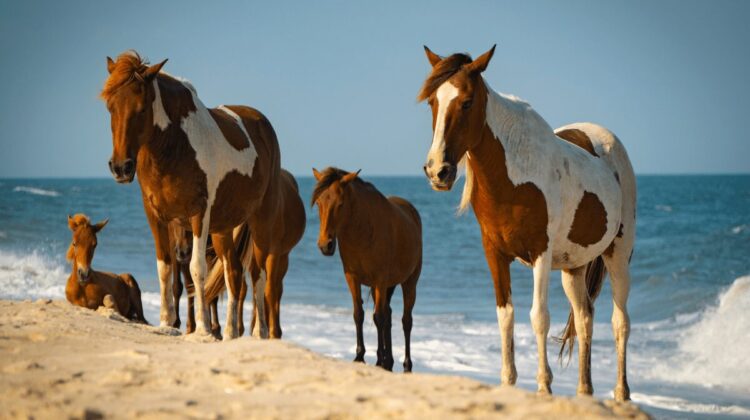
For centuries, the wild horses of Assateague Island have captivated visitors and locals alike. Their mysterious origins have been the subject of folklore and speculation for generations. Now, groundbreaking DNA research has finally shed light on the true story of these iconic equines.
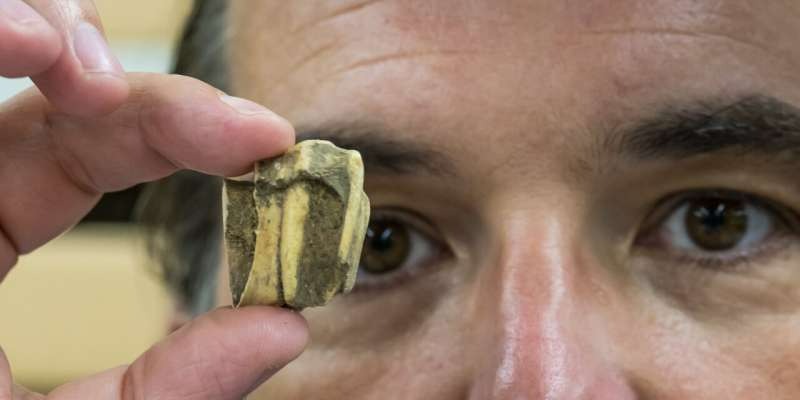
A Serendipitous Discovery
A team of researchers, led by Nicolas Delsol from the Florida Museum of Natural History, made a startling discovery while analyzing ancient DNA from a horse tooth found in Haiti. The tooth, dating back over 400 years, revealed a genetic link to the Chincoteague ponies, a breed closely related to the Assateague horses.

The Spanish Galleon Connection
The findings provide strong evidence for the long-held belief that the Assateague horses descended from a herd that escaped a shipwreck of a Spanish galleon during the colonial era. This intriguing theory, popularized by the children’s book “Misty of Chincoteague,” has been debated for decades.
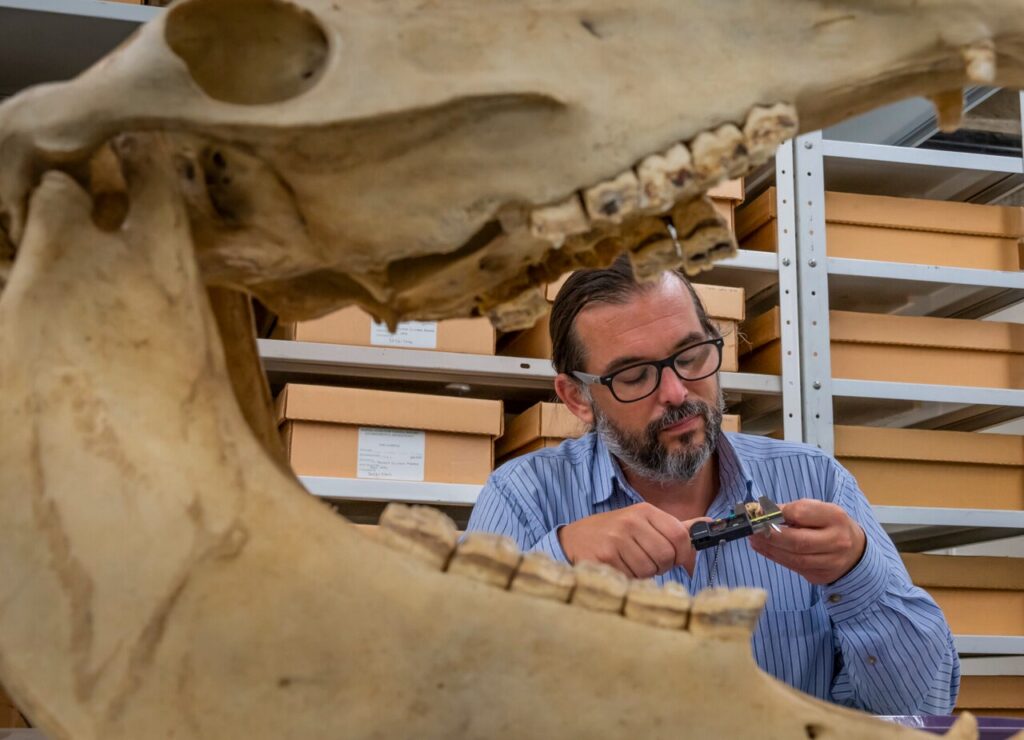
Genetic Analysis Reveals the Truth
By comparing the DNA of the ancient horse tooth to that of modern Assateague horses, the researchers were able to establish a direct connection. The genetic analysis revealed that the horses’ lineage traces back to the Iberian Peninsula, confirming their Spanish origin.
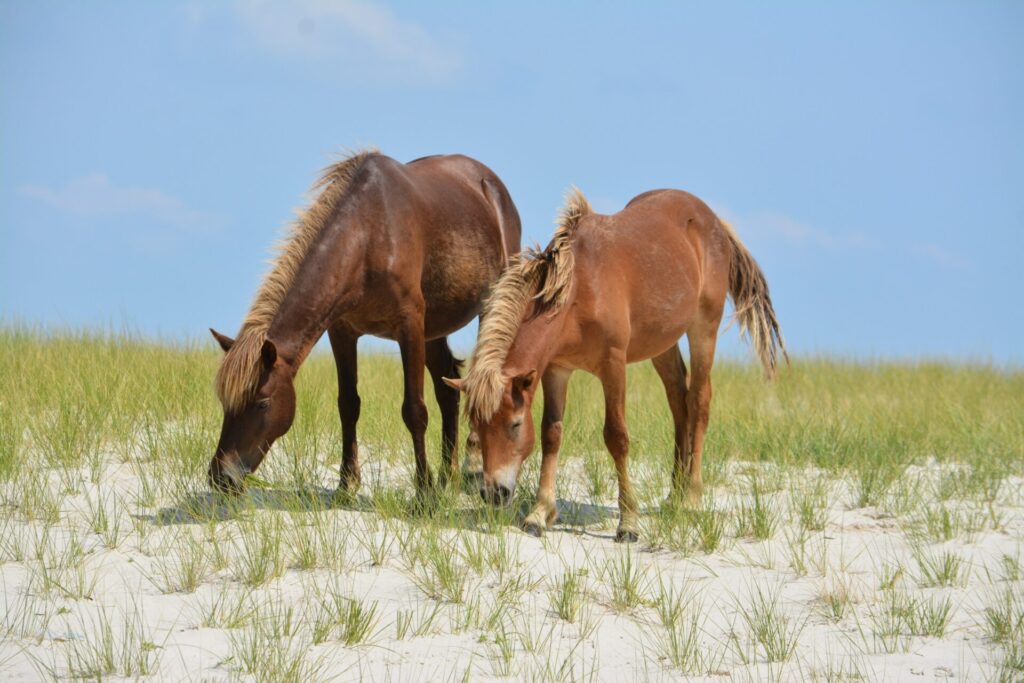
Implications for Historical Understanding
This discovery has significant implications for our understanding of early colonial history in the Americas. It suggests that the Spanish played a more substantial role in the introduction of European domesticates, such as horses, than previously thought.
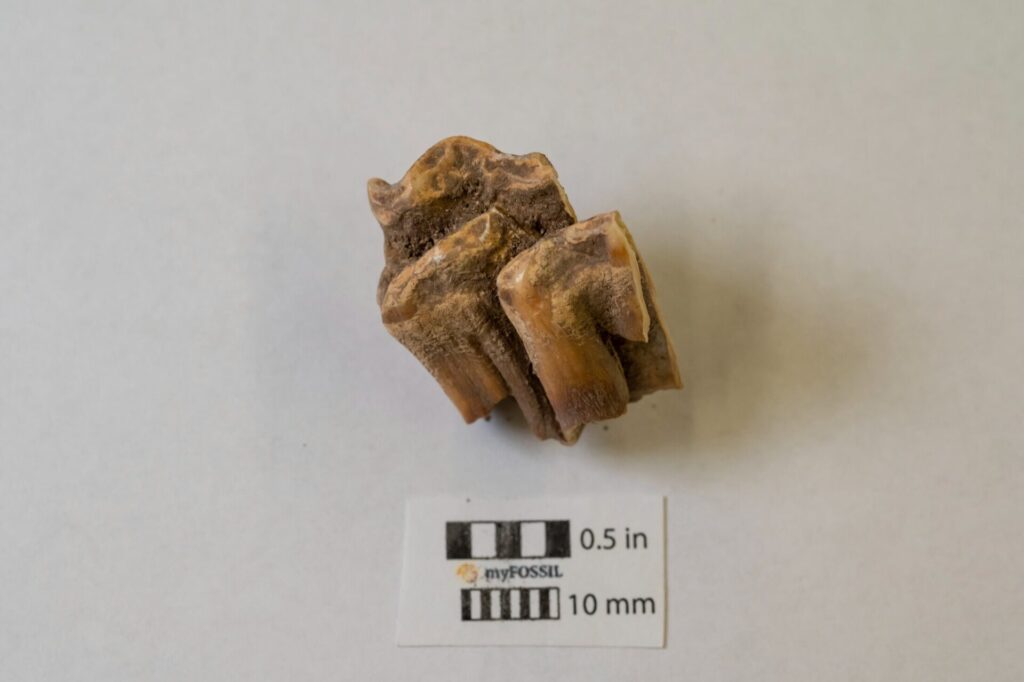

The mystery of the Assateague horses has finally been solved. The ancient DNA evidence confirms their Spanish ancestry and provides a fascinating glimpse into the past. This groundbreaking research not only sheds light on the history of these iconic equines but also contributes to our understanding of the early colonial era in the Americas.

Leave a Reply